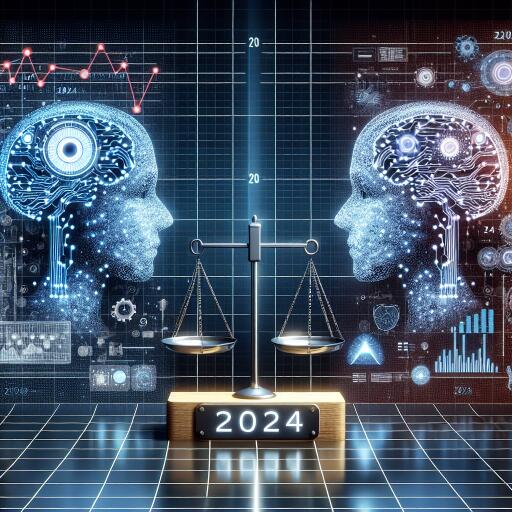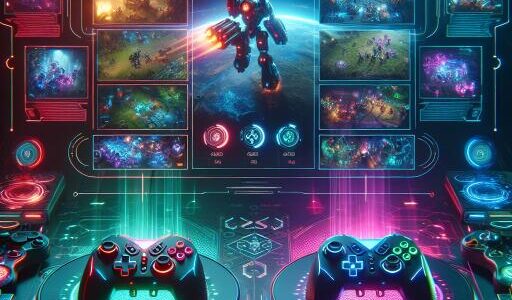OpenAI vs Vertex AI: A 2024 Head-To-Head Analysis
In the rapidly evolving world of artificial intelligence (AI), two titans stand out for their contributions and innovations: OpenAI and Vertex AI. These platforms, each with unique strengths and offerings, have become central to discussions on AI’s future and application in various sectors. Here, we delve into a comparative analysis of these powerhouses, assessing their features, implementation ease, pricing strategies, and their particular approach to generative AI.
Understanding OpenAI and Vertex AI
At its core, OpenAI is celebrated for its groundbreaking advancements in language processing and generative AI, thanks to its GPT AI models. These models have found applications in editing, writing, and even in artistic creations, demonstrating remarkable versatility. On the other side, Google’s Vertex AI positions itself as a comprehensive platform that simplifies the development, deployment, and management of AI models, catering to a broad spectrum of AI applications ranging from automation to complex learning systems.
Features and Capabilities
OpenAI’s GPT-4 model is particularly lauded for its creative and collaborative capabilities, making it a popular choice in creative writing, customer service automation, and educational content development. Meanwhile, Vertex AI harnesses Google’s advanced AI tools and AutoML features, opening the door for users with varying levels of expertise to leverage powerful AI technology efficiently. From building custom models to integrating with other Google Cloud services, Vertex AI offers a scalable and multifaceted platform.
Pricing Models
When it comes to pricing, both platforms adopt a flexible approach. OpenAI uses a tiered model that caters well to projects with predictable workloads, alongside a pay-as-you-go option for those seeking scalability. Vertex AI also offers a pay-as-you-go model, which might be more advantageous for projects with larger or fluctuating demands. Google further incentivizes new users with $300 in free credits, making it an attractive proposition for those starting their AI journey.
Natural Language Processing and Generative AI
In the realm of natural language processing, OpenAI’s prowess is undeniable. Its GPT-4 model excels in generating, editing, and iterating a wide array of writing tasks. Vertex AI, however, brings a comprehensive suite of tools under one roof, including AutoML, MLOps, and multimodal models, providing a robust platform for various AI applications. This makes selection between the two a matter of specific needs and project goals.
Integration and Usability
OpenAI stands out for its user-friendly API, which facilitates easy integration and application of its models like ChatGPT and DALL-E. While Vertex AI offers powerful tools and integrated workflows, it may present a learning curve given its extensive offerings. The ease of integration with other Google Cloud services is a plus for Vertex AI, but OpenAI’s focused and streamlined approach appeals to those seeking straightforward implementation.
Choosing the Right Platform
The choice between OpenAI and Vertex AI is influenced by the specific demands of your project or organization. For those focused on text and image generation or creative content creation, OpenAI is the go-to option, thanks to its advanced language understanding and generative capabilities. However, organizations needing a broader array of machine learning solutions might find Vertex AI’s comprehensive suite more appealing. Factors such as budget, project scale, and technical expertise will also play a crucial role in this decision.
For specialized needs, platforms like Jasper AI, focusing on content creation, and Bloom AI, aimed at optimizing business processes, offer alternatives tailored to specific applications. Meanwhile, Azure Machine Learning presents a viable option for those ingrained in the Microsoft ecosystem, seeking an integrated machine learning environment.
Final Thoughts
In the end, the choice between OpenAI and Vertex AI—or any other AI platform—boils down to the specific requirements of your project or organization. Whether you prioritize a broad suite of features or specific generative AI capabilities, both platforms offer distinct advantages that can suit a variety of use cases. As AI continues to evolve, the capabilities and offerings of these platforms are likely to expand, providing even more options for innovators and technologists worldwide.









